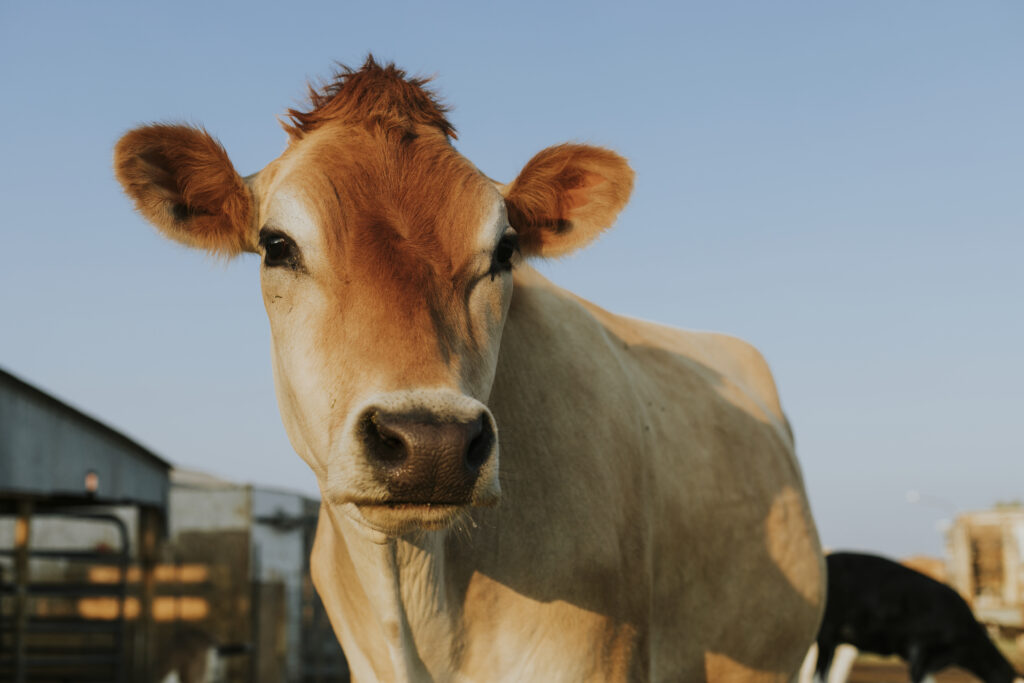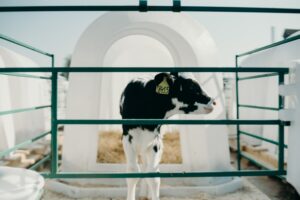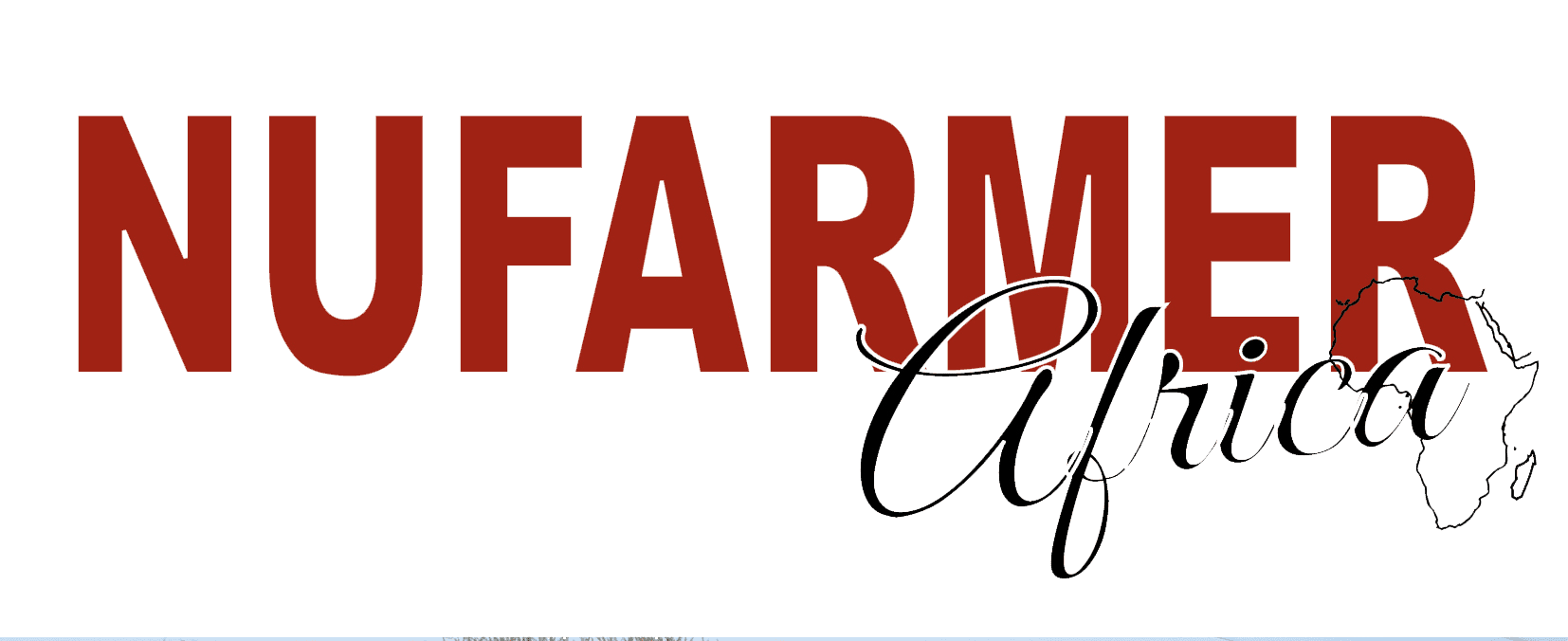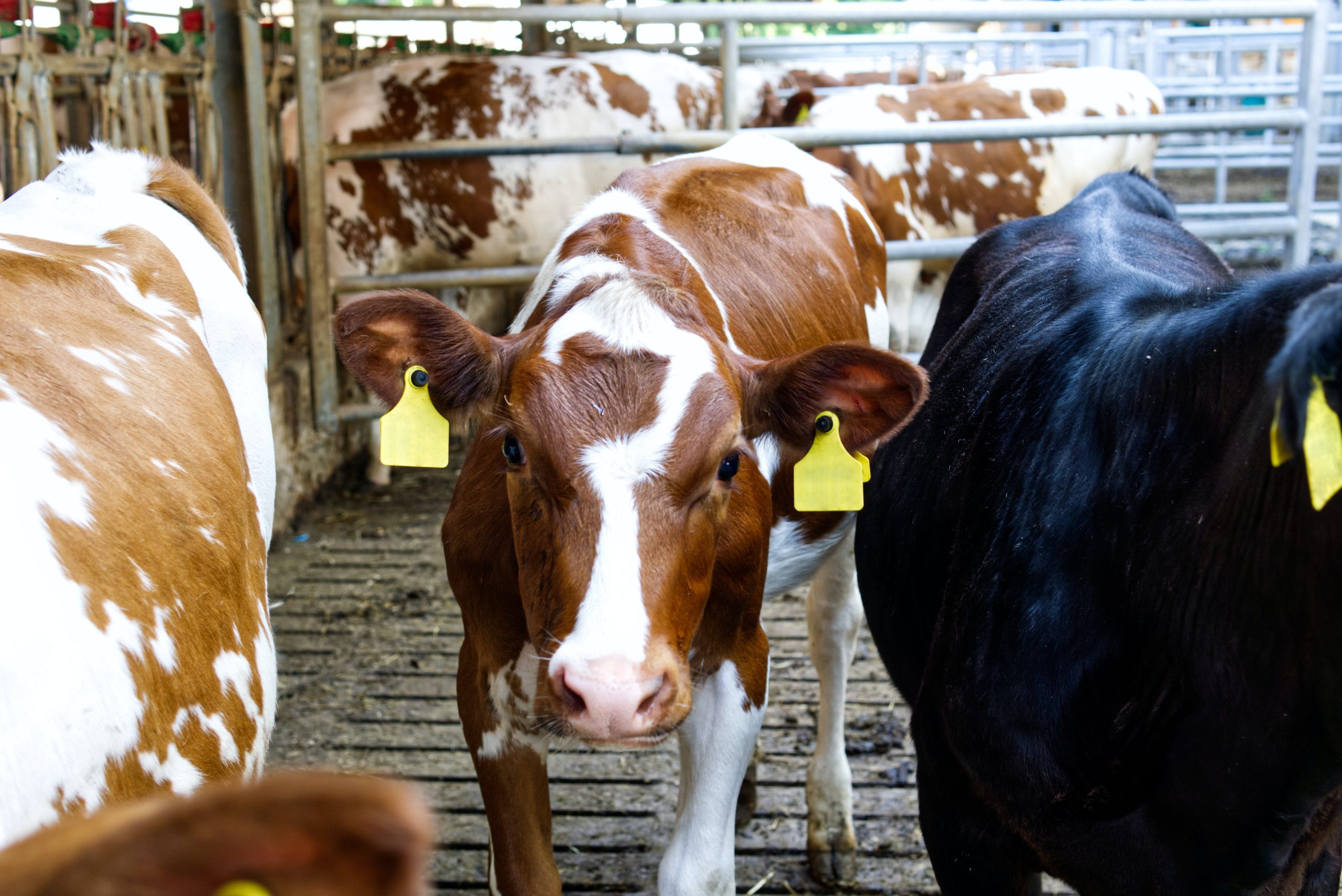YOUR HOW TO GUIDE ON CONSTRUCTING YOUR CALVING PENS IN THEIR BEST INTEREST IN 2023
Calving Pens in 2023 – The internal wall surface in calf pens and corral partitions must resist the calves’ inclination to chew, lick or defecate against any object. The material must be easy to clean and must be able to withstand high- pressure washing water.
Calves like to chew on wood. Cleaning the wood and painting it with creosote can prevent this. The creosote must be left to dry for a few days to prevent the calves’ skins from darkening as a result of contact with the wood.
It is important to eliminate the risk of poisoning caused by the lead basis in the paint. It is better never to use paint with a lead basis on farm buildings. Take extra care with old painted items such as doors and other second-hand woodwork.
Disposable materials can be used for corral partitions in the calf building, of which the most are straw bales. The number of bales needed in the space they will occupy, is excessive for individual pens, except in cases where small numbers of calves are housed temporarily. Roofing material and structures must be periodically cleaned and treated for worms.

Calving Bedding and Manure Handling
Long-cut or baled straw is a popular choice for bedding and with good reason. It smells clean, the colour is bright and it provides good protection and heat. Shredded bark, wood shavings or sawdust is a workable alternative that can be used partly or entirely as a substitute for straw. Wood splinters do not absorb liquids well and are not as comfortable as other woodworking products.
Manure handling equipment should have a dual function and should serve both manure and
young animals, especially when new buildings are planned for young animals. Compare costs for the present manure handling system with the handling of manure in other forms and/or more than one set- up. A calf housing unit can, for instance, be built as addition to the main shed and the manure scraper can be used for saving costs, rather than handling manure as liquid.
Calving or calf areas must be cleaned regularly, especially between successive calf groups. Plan for easy access to move manure or store equipment. Young-cattle facilities, that need periodic scraping, should have a system to camp off the heifers when the manure is being removed.
Location
The best site for a new calf building may seem obvious, but it might already have been determined by factors such as the layout of existing buildings. The obvious site is however not always the best site and it is worthwhile to consider a totally new site and study the scale plan of the existing buildings. Regardless of whether new buildings are to be erected or old buildings restored, the relation to other buildings, roads and services is important and all the implications of each possible site must be investigated before a decision is made.

The site must provide for easy manure handling, bedding and feeding. Consider the need for loading and off-loading of animals, as well as the comfort of management. It is best to place housing for young calves close to routes where people move around often, such as from and to the dairy and farmhouse. In this way, the calves can be monitored more regularly than during feeding times only.
To prevent the spreading of diseases, calving facilities must be separate from other buildings where mature animals are kept. The building site must provide good drainage without the danger of pollution.
Calving buildings must benefit the landscape for protection against wind and must be erected such that sunshine provides heat for the winter and is limited to the minimum for the summer. Sites built- up from all sides with existing buildings must be avoided.

